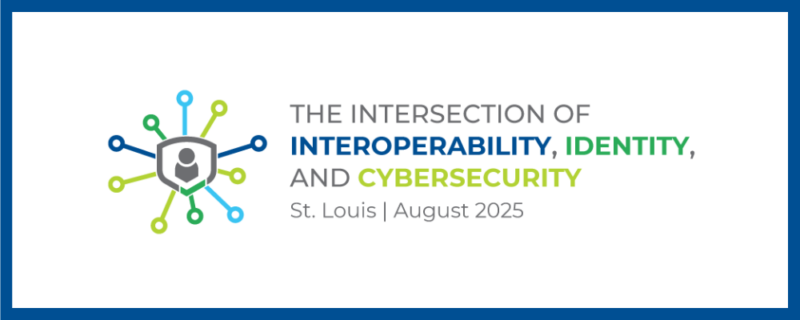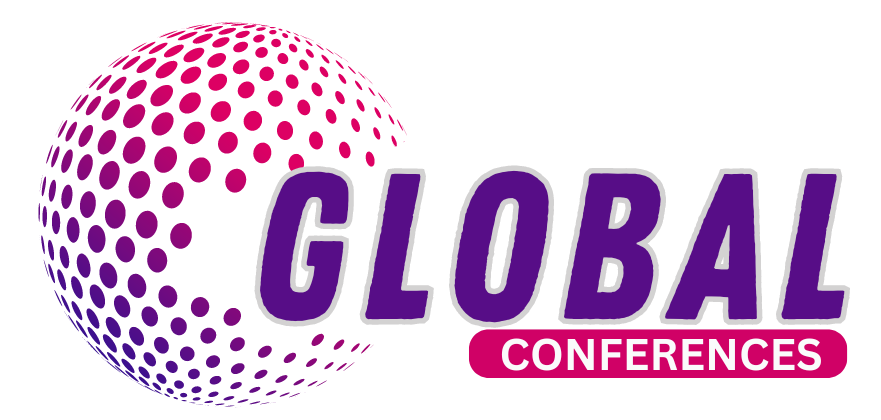Market Overview & Trends
The U.S. medical carts market was valued at USD 1.01 billion in 2024 and is expected to grow at a CAGR of 12.54% from 2025 to 2030. A major driver of this growth is the rising adoption of Electronic Medical Records (EMR) in hospitals. Increased healthcare investments from both government and private sectors, along with the strong presence of leading industry players in the U.S., are further propelling EMR adoption and, in turn, fueling demand for medical carts.
According to data from CMS.gov, U.S. healthcare spending rose in 2024. In 2023, expenditures increased by 7.5% to USD 4.9 trillion, averaging USD 14,570 per person. Additionally, in 2024, the average annual health insurance premiums climbed by 6% for single coverage and 7% for family coverage. Growing awareness among healthcare professionals and the wider adoption of patient engagement tools are key drivers boosting the U.S. medical carts market.
Medical errors remain the third leading cause of death in the country, following heart disease and cancer. A study by Johns Hopkins estimates that over 250,000 people die each year due to medical errors in the U.S., with other reports suggesting figures as high as 440,000. These concerning statistics highlight the importance of EMRs in addressing systemic issues. Digital medical records are now standard in 90% of healthcare facilities, significantly increasing demand for medical laptop carts on wheels. As these carts become more portable and technologically advanced, they better support clinicians in delivering care in a fast-paced environment. Additionally, the U.S. boasts a mature healthcare IT market compared to other countries, and the growing emphasis on efficient care delivery and adoption of IT solutions is expected to drive the market forward over the next decade.
The expanding number of large hospitals also contributes to the rising demand for medical carts. According to the American Hospital Association, there were approximately 6,120 hospitals in the U.S. in 2024, including 20 federal government hospitals and 659 nonfederal psychiatric hospitals. Data from the CDC shows that in 2021, there were about 139.8 million emergency department (ED) visits, with 18.3 million resulting in hospital admissions and 2.8 million leading to admissions to critical care units. This high volume of emergency visits and the prevalence of emergency care facilities is expected to drive the need for medical carts in these settings.
Moreover, the increasing incidence of chronic diseases like cardiovascular conditions, cancer, and diabetes is raising hospitalization rates. The American Heart Association projects that by 2035, over 130 million adults—or 45.1% of the U.S. population—will have some form of cardiovascular disease. According to the CDC, heart disease causes about 655,000 deaths annually in the U.S., accounting for one in four deaths. Additionally, six in ten adults in the country have at least one chronic disease, and four in ten suffer from two or more. This growing patient pool is pushing up hospital admissions, which in turn is boosting demand for medical carts and fueling market growth.
Technology is also becoming central to the physician-patient relationship. Advanced tools—whether used to document surgeries, capture biometric data, or support diagnostics—are increasingly essential. Examples include robot-assisted surgeries, easier access to digital records, genome mapping, and devices that help lift bedridden patients. Such innovations allow doctors and nurses to focus more on diagnosing and treating patients, reducing repetitive tasks.
These trends are expected to further propel the medical carts market. For instance, in July 2022, Holo Industries LLC introduced its HoloMed line of holographic inserts for medical carts, patient monitors, and related equipment. These solutions virtually eliminate surface contact and touchpoints, helping reduce the spread of healthcare-associated infections (HAIs) and enhancing safety for both patients and healthcare staff.
























